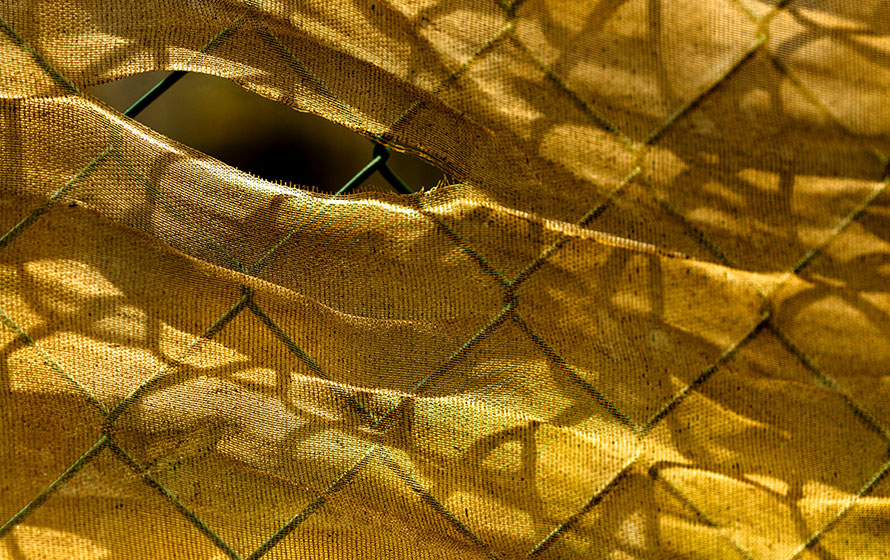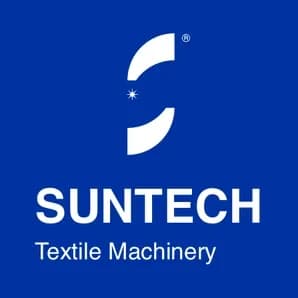
As of 2022, the Global Technical Textile Market Size reached USD 195 Billion and is anticipated to reach USD 351 Billion by 2032, indicating a Compound Annual Growth Rate (CAGR) of 6.5 percent from 2023 to 2032.
The Technical Textile Market, a dynamic and innovative sector within the textile industry, holds a pivotal role in diverse applications, including automotive, construction, healthcare, and aerospace. Distinguished by specific performance characteristics, technical textiles stand apart from traditional counterparts.
Leading companies in the Technical Textile Market include 3M, Ahlstrom, AVINTIV, Johnson & Johnson, Kusumgar, Maccaferri, Procter & Gamble, SRF Limited, SKAPS Industries, and Strata Geosystems.
A significant trend in this market revolves around the escalating demand for sustainable and eco-friendly textiles. This surge is propelled by heightened environmental awareness and regulatory pressures, compelling manufacturers to create textiles with reduced environmental footprints.
The market is witnessing a convergence of technology with textiles, resulting in the emergence of smart and functional textiles capable of monitoring vital signs, providing heating or cooling, and offering other advanced functionalities.
Innovations in medical textiles, such as implants, wound dressings, and surgical drapes, are enhancing biocompatibility and overall performance.
The adoption of technical textiles in industries like automotive, construction, and geotextiles is fueled by their durability, resistance to harsh conditions, and high-performance attributes.
In the healthcare sector, technical textiles are gaining prominence for wound care, implantable devices, and protective clothing, thanks to their biocompatibility and antimicrobial properties.
Stringent safety and regulatory standards, especially in protective clothing and automotive applications, are propelling the demand for high-performance technical textiles.
However, the intricate processes and specialized materials involved in manufacturing technical textiles lead to higher production costs, acting as a potential barrier in certain applications. Limited awareness among consumers and industries about the advantages of technical textiles hinders their widespread adoption.
![]()
Moreover, the composition of some technical textiles makes recycling challenging, posing environmental concerns and raising issues about waste management.
Despite these challenges, the Technical Textile Market is poised for substantial growth. As industries increasingly rely on high-performance materials and technologies, technical textiles are expected to play a crucial role. Innovations in manufacturing techniques, such as 3D weaving and additive manufacturing, will result in the creation of complex and high-performance technical textiles.
Ongoing research and development will contribute to the formulation of new materials with enhanced properties, such as improved strength, flame resistance, and biodegradability. The market is likely to expand further as developing economies escalate their consumption of technical textiles across various industries.
One example of cutting-edge technology in this sector is the SUNTECH Automatic Fabric Roll Packing Machine, tailored for high-volume production environments prioritizing speed and efficiency. While fully automatic fabric roll packing lines, like the ST-ARPM, boast the capability to pack over double the number of rolls per hour compared to semi-automatic or manual lines, they come with higher upfront costs and increased maintenance requirements.
A viable alternative is the semi-automatic fabric roll packing line, offering faster operation than manual lines, albeit not as rapid as fully automatic options. Striking a balance between affordability and maintenance, semi-automatic lines may not be suitable for handling exceptionally large or heavy fabric rolls.
Finally, manual fabric roll packing lines provide the greatest flexibility in terms of packaging options and can accommodate rolls of any size or weight. While they are the slowest and least expensive option, they offer versatility and adaptability to diverse production needs.
However, it is crucial to note that the promising technology showcased in this article comes with potential issues related to the improper usage of an automatic fabric roll packing machine . Inadequate storage or monitoring of fabric rolls could lead to wrinkling or damage. Additionally, neglecting regular maintenance of the line may result in breakdowns that disrupt the production process. Careful attention and adherence to best practices are essential for maximizing the benefits of automation in fabric roll packing.








